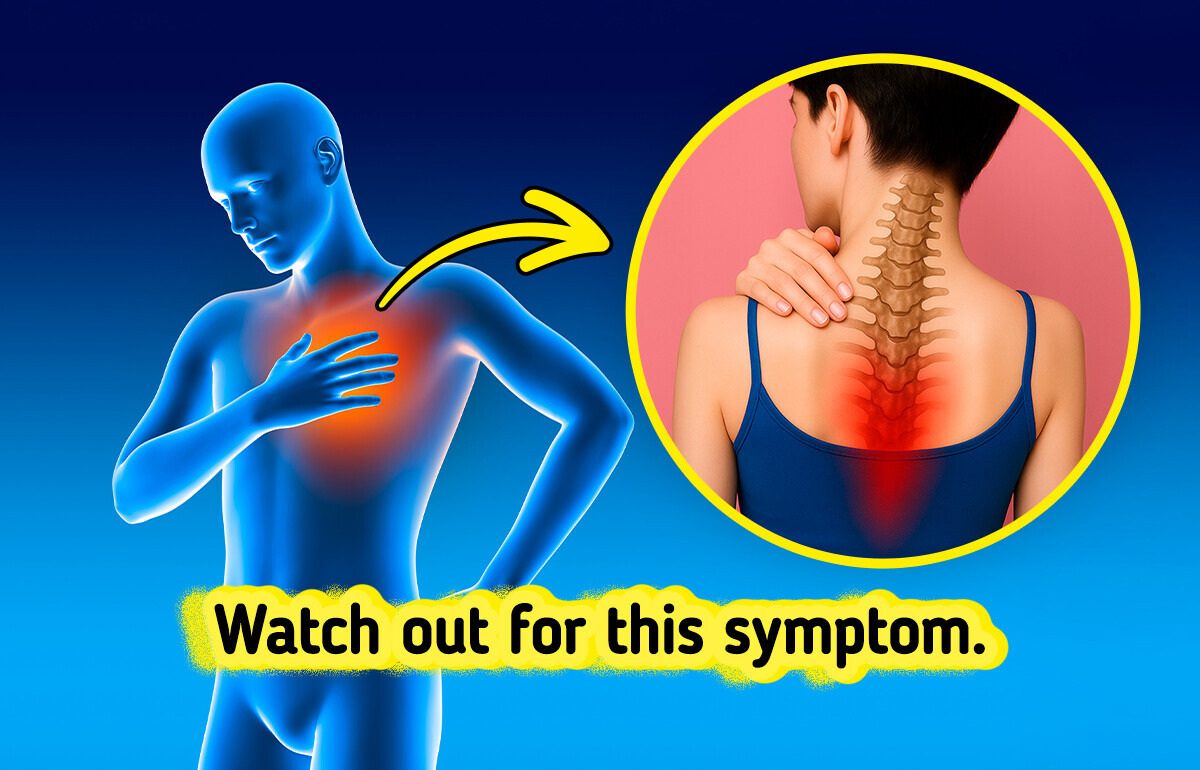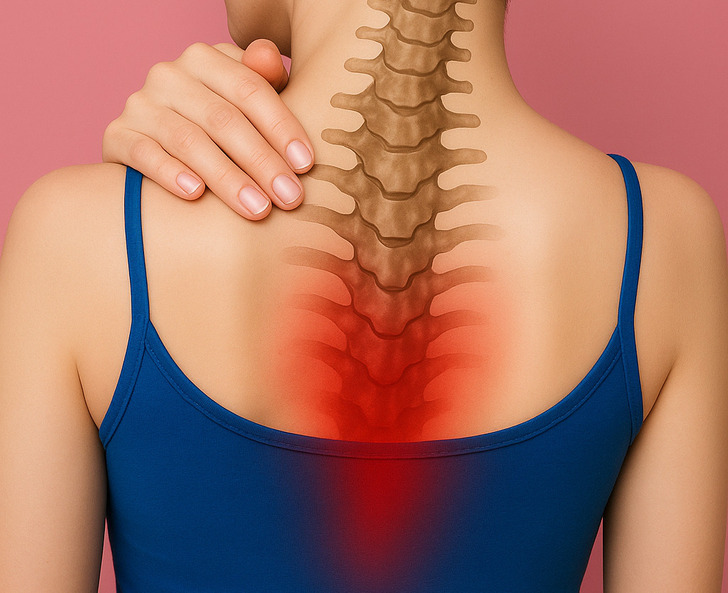I Refuse to Babysit Ever Again After My Daughter and Her Husband Humiliated Me in Public


A heart attack happens when blood flow to part of the heart is blocked, stopping oxygen from reaching the heart muscle. Without oxygen, the heart muscle starts to get damaged. As scary as it is, it may happen unexpectedly to anyone.
There are warning signs that can be recognized, but what if there are uncommon symptoms that people fail to notice? This article will delve into information that might help you recognize these signs.
CONTENT IS PROVIDED FOR INFORMATIONAL PURPOSES ONLY AND IS NOT INTENDED AS A SUBSTITUTE OF MEDICAL ADVICE.
SEEK GUIDANCE OF YOUR DOCTOR REGARDING YOUR HEALTH AND MEDICAL CONDITIONS.
Sometimes heart attack symptoms are easy to notice, but most heart attacks start slowly with mild signs as blood flow to the heart decreases. The most common symptom is chest pain or discomfort, which may feel like pressure, squeezing, burning, or tightness in the middle of the chest. It may last several minutes or come and go.
On the other hand, a silent heart attack happens when blood flow to the heart is blocked, causing damage without the usual chest pain or clear symptoms. You may not even know it’s happening, but it still harms the heart. Silent heart attacks make up about 45% of all heart attacks.
Women may be more susceptible to silent heart attacks. Many expect heart attack symptoms to be obvious, but they can be subtle or confusing. Even subtle signs can be serious, and without quick treatment, a heart attack can be deadly.

With the silent heart attack having subtle indicators, these are the following symptoms to help recognize the signs.


Certain health problems can raise your risk of a heart attack, and some risks can’t be changed, like having a family history of heart disease.
Women tend to experience heart attacks later in life than men, and factors like high blood pressure, high cholesterol, high blood sugar, obesity, and stress raise the risk more for them.
People of the internet also shared their experiences and observations about silent heart attacks:

Heart disease is mostly preventable, and to better take care of yourself, with these measures:
Making these changes could help lower your risk of a silent heart attack and also boost your overall health.
Silent heart attacks are dangerous because they often go unnoticed or cause very mild symptoms, leading to delays in diagnosis and treatment. It is encouraged to see a doctor for these health concerns. Spotting subtle warning signs and managing risk factors early are key to prevention. Regular check-ups and maintaining a heart-healthy lifestyle can greatly reduce the chances of a silent heart attack and improve overall heart health.
In another article, your food cravings might signal what your body needs. To know more about these cravings, check this link.











